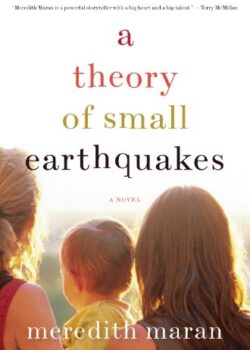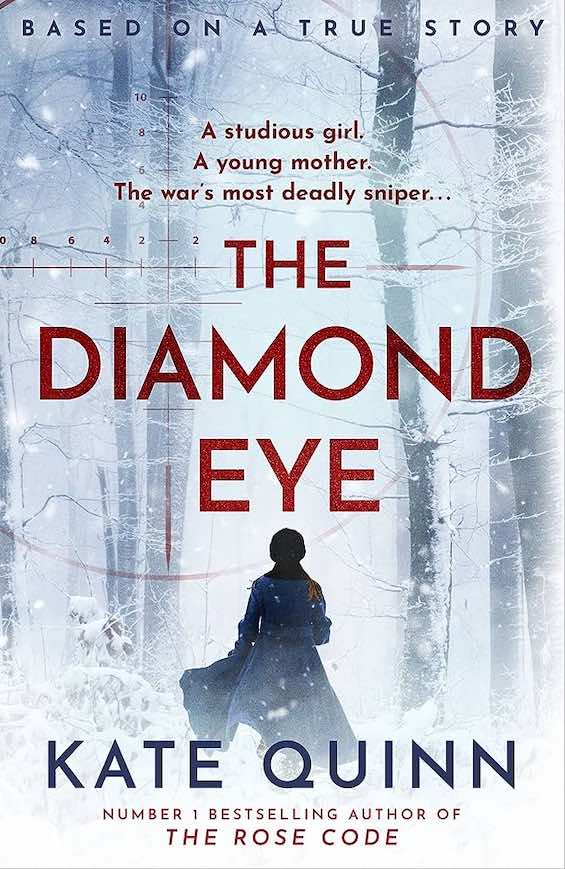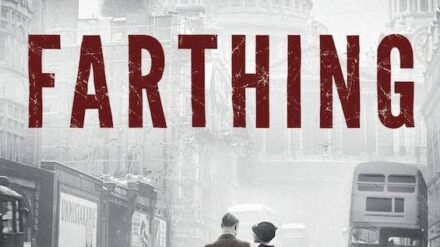
It seems highly unlikely that I fit the profile of the intended readership for this first novel from Berkeley writer Meredith Maran. But I couldn’t resist, because (a) Meredith is a friend, (b) she’s also a former employee (who, by the way, once termed me her “least worst boss”), (c) the book is set largely in Berkeley, where I’ve lived for more than forty years, and (d) it spans much of the time I’ve lived here, so I was bound to enjoy the local color.
Meredith’s writing — she is the author of ten previous books, both memoir and nonfiction — is distinguished by painful emotional honesty. Ask anyone who knows Meredith: she tells it like it is. Or, to paraphrase one of the characters in this novel, Meredith doesn’t do nice. She does true. Her memoirs and journalistic efforts alike dig deeply into difficult issues that tend to hide behind headlines. A Theory of Small Earthquakes is no different. And, to my mind, the greatest virtue of good writing is honesty.
A Theory of Small Earthquakes by Meredith Maran ★★★★★
A Theory of Small Earthquakes centers on the decades-long love affair of Alison Rose, a writer with many similarities to Meredith herself, and Zoe, a trust-fund baby and artist given to outrageous clothing and hairstyles and large, disturbing canvases. Ambivalent about raising children with two mothers but determined to have children, Alison falls into a lustful relationship with Mark, one of her editors. She and Mark try to raise their son, Corey, in a household that’s just about as normal as it gets in Berkeley (which isn’t saying much). At length, though, Alison and Mark draw Zoe into the family as Corey’s babysitter. The ups and downs of this sometimes awkward foursome fill the remaining pages of the novel.
The action in A Theory of Small Earthquakes unfolds against the backdrop of the colorful reality of Berkeley, beginning in the 1970s and lasting until the near-present. Meredith’s descriptions of life in Berkeley, Oakland, and San Francisco are pitch-perfect, and when she retells the story of the 1989 Loma Prieta Earthquake, I felt the ground shaking underneath me all over again.
So, though I hardly qualify as a lesbian, or even as a person of the female gender, I found A Theory of Small Earthquakes to be delightful, unsettling, suspenseful, challenging, and very well written. In other words, a damn good read.
For additional reading
This book is one of Top 10 great popular novels reviewed on this site and of Good books by Berkeley authors reviewed on this site.
If your taste runs to genre fiction, check out my posts:
- Great sci-fi novels reviewed: my top 10
- My 20 favorite espionage novels
- 20 excellent standalone mysteries and thrillers
And you can always find my most popular reviews, and the most recent ones, plus a guide to this whole site, on the Home Page.


























